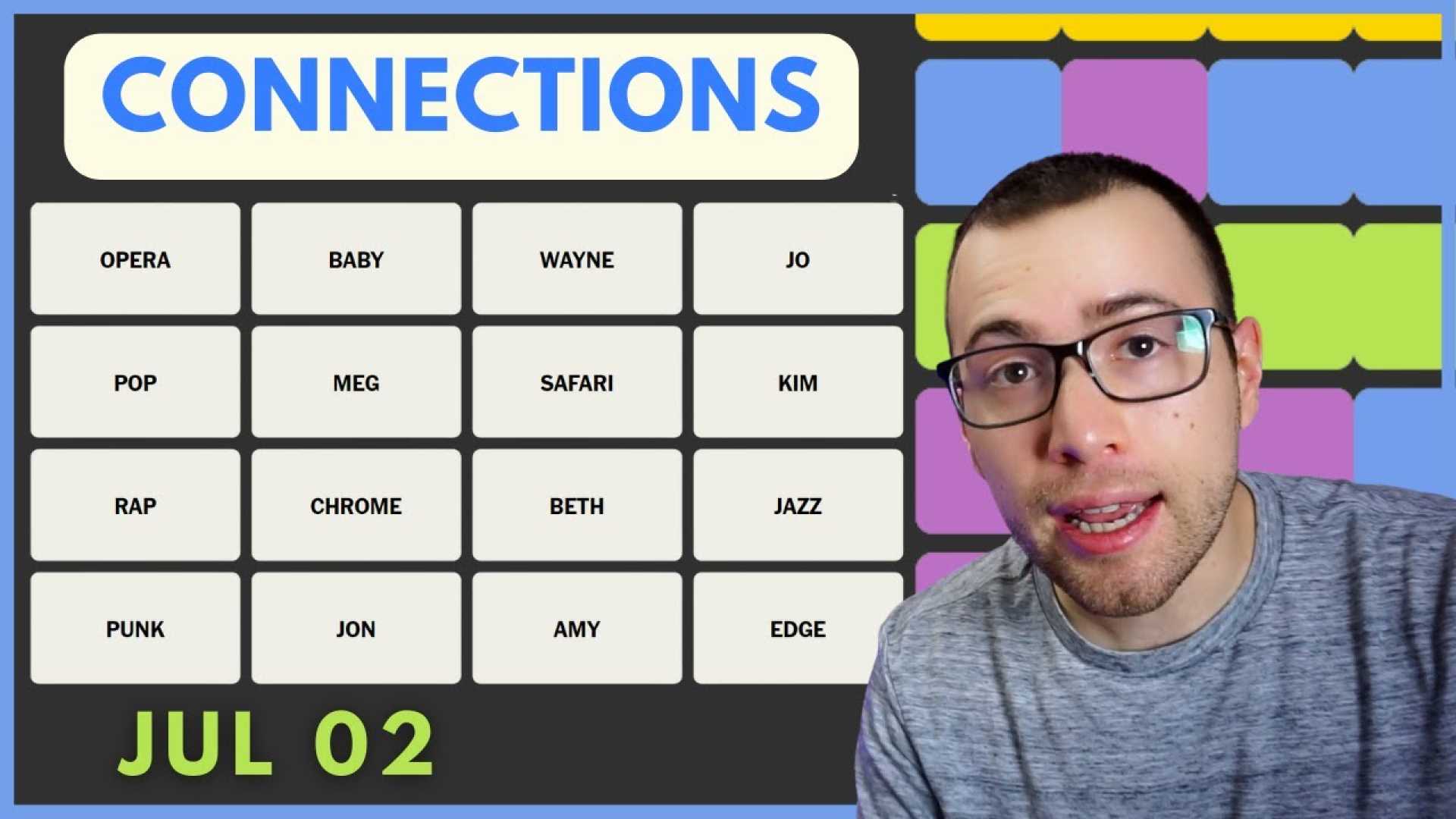Entertainment
NYT Connections Game Gains Global Popularity Among Word Enthusiasts

NEW YORK, N.Y. — Connections, a daily word puzzle game developed by The New York Times, has become a global sensation, captivating word game enthusiasts with its unique 4×4 grid format and challenging gameplay. Launched by associate puzzle editor Wyna Liu, the game has quickly gained traction on social media, fostering a vibrant community of players.
In Connections, players are presented with 16 words and must group them into four categories of four words each based on shared themes or connections. The categories range from literature and technology to geography and pop culture. The game’s color-coded difficulty levels—yellow (easiest), blue and green (medium), and purple (hardest)—add an extra layer of strategy and engagement.
“It’s a game that rewards both vocabulary and critical thinking,” said Liu. “The challenge lies in identifying the subtle connections between words, even when some seem to fit multiple categories.”
Players can access Connections through The New York Times website or its Games app. Subscribers to NYT All Access or Games can also explore an archive of past puzzles, allowing them to revisit previous challenges. The game’s shareable results feature has further fueled its popularity, enabling players to compare scores and strategies with friends and online communities.
Kris Holt, a Forbes contributor and avid Connections player, shared his experience with the game. “I’ve had five straight perfect games, and my overall win streak is up to eight,” Holt said. “The key is to approach each puzzle methodically and not get distracted by red herrings.”
Connections has also sparked discussions among players about potential gameplay improvements. Suggestions include adding more diverse word categories and introducing a multiplayer mode. Despite these requests, the game’s simplicity and accessibility remain its strongest assets.
As Connections continues to grow in popularity, it joins other NYT word games like Wordle in redefining how people engage with language and puzzles. “It’s not just a game; it’s a daily ritual for many,” Holt added. “It’s a way to challenge yourself and connect with others who share your love for words.”












